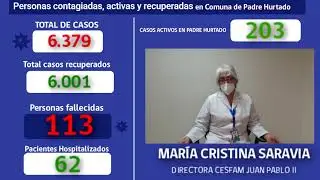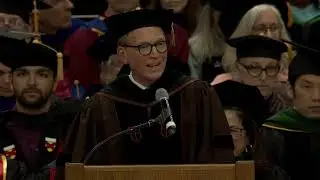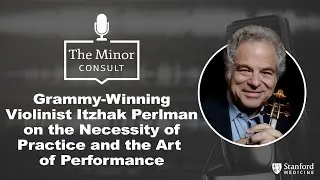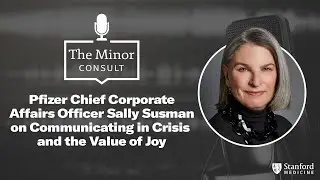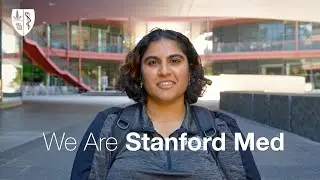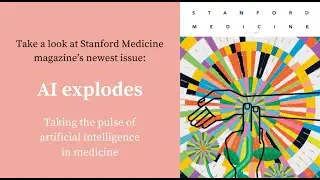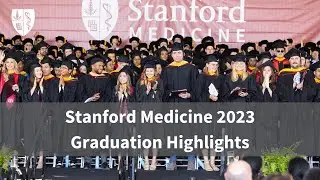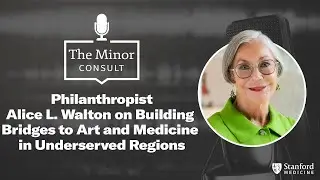How female runners can improve speed and safety | 90 Seconds w/ Lisa Kim
The idea that a leaner body makes for a faster stride is common among distance runners. But it's inaccurate and sets a dangerous ideal. Runners who are excessively lean are prone to injuries, infectious diseases, mental health problems and loss in bone density, said Michael Fredericson, MD, a professor of orthopaedic surgery who has served for decades as the Stanford University track team head physician. Female runners are more likely to suffer these effects, he noted.
During his career as the head team physician, Fredericson has seen so many athletes with problems related to low body weight -- including bone stress injuries, menstrual irregularity and osteoporosis, or loss of bone density -- he decided to study ways to prevent it.
Michael Fredericson, MD, is the Director of PM&R Sports Medicine in the Department of Orthopaedic Surgery, Co-Director of the Stanford Longevity Center, and Founder of Lifestyle Medicine. He is also the Head Team Physician for the Stanford Track & Field and Swimming Teams, the Medical Director for Stanford Club Sports, and a Wu Tsai Human Performance Alliance member.
Sarah Johnson, PhD, is a Postdoctoral Research Fellow in Bioengineering and a Wu Tsai Human Performance Alliance member.
Lisa Kim is Senior Manager of Media Relations for Stanford Medicine and Stanford Health Care. Lisa has a deep background in journalism, as she is an Emmy Award-winning journalist who has covered stories on both the national and local levels.
Read the full story: https://stan.md/3DPiU6h
#Running #Athletes #Training
.
.
.
Stanford Medicine advances human health through world-class biomedical research, education and patient care. Bringing together the resources of Stanford University School of Medicine, Stanford Health Care and Lucile Packard Children's Hospital, Stanford Medicine is committed to training future leaders in biomedicine and translating the latest discoveries into new ways to prevent, diagnose and treat disease.
The Stanford Medicine YouTube channel is a curated collection of contributions from our School of Medicine departments, divisions, students, and the community. Our diverse content includes coverage of events, presentations, lectures, and associated stories about the people of Stanford Medicine.

